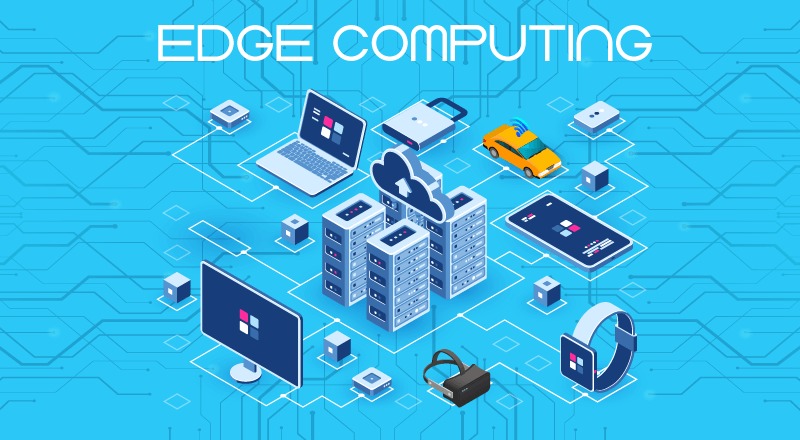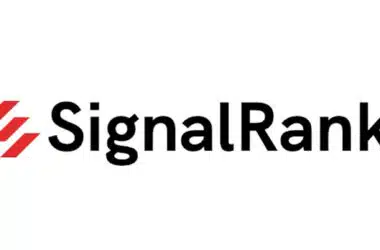
As fintech continues to rise, edge computing is becoming a cornerstone in creating new fintech jobs and redefining the landscape of the financial services industry. But first, what is edge computing?
Table of Contents
What is Edge Computing?
Edge computing refers to the practice of processing data closer to the source where it is generated rather than relying on a centralized data center. This distributed computing model is designed to reduce latency (basically the speed of calculations), optimize bandwidth, and enhance the speed of decision-making processes. For fintech companies, this means faster transactions, improved customer experiences, and the ability to handle large volumes of data in real time.
In fintech jobs, the implementation of edge computing can be seen across various applications. From enabling real-time fraud detection to supporting high-frequency trading, edge computing is paving the way for more efficient and responsive financial services.
For instance, in the world of algorithmic trading, milliseconds can mean the difference between profit and loss. By leveraging edge computing, trading platforms can execute trades more rapidly by processing data locally, reducing the time it takes to react to market changes. This has created a demand for fintech jobs that specialize in edge computing, such as edge computing engineers and edge AI developers.
Real-World Applications of Edge Computing in Fintech
Now let’s look at some real world applications of edge computing that are already changing our world.
Autonomous Financial Systems:
Edge computing enables the development of autonomous financial systems that can operate with minimal human intervention. These systems can make real-time decisions on investments, lending, and risk management, thereby creating new fintech jobs focused on developing and maintaining these autonomous systems.
Example: Tesla’s Autopilot system, although primarily designed for autonomous driving, illustrates how edge computing can be utilized in financial systems. Just as Tesla vehicles process vast amounts of sensor data in real time, fintech companies are beginning to process financial transactions and customer interactions at the edge to enable quicker decision-making and improved financial outcomes.
Enhanced Security and Fraud Detection:
One of the most critical aspects of fintech is security. Edge computing allows financial institutions to analyze and process data locally, reducing the risk of data breaches during transmission. This localized processing also enables more effective and faster fraud detection, which is vital for fintech companies. As a result, fintech jobs related to cybersecurity and edge analytics are becoming increasingly important.
Example: Philips’ remote patient monitoring in healthcare uses edge computing to process data from wearable devices locally, ensuring real-time health monitoring with enhanced privacy and security. Similarly, fintech companies can use edge computing to process sensitive financial data on the edge, minimizing exposure and enhancing security measures against fraud.
Customer Experience and Personalization:
Edge computing allows fintech companies to offer personalized services to their customers by analyzing data in real time. For example, financial apps can use edge computing to provide personalized investment advice or instant credit scoring, enhancing the user experience. Fintech jobs in customer experience design and data analysis are growing as companies seek to leverage edge computing to better serve their clients.
Example: Amazon Go stores use edge computing to deliver a seamless shopping experience by processing customer interactions in real time. Fintech companies can apply similar technology to create personalized banking experiences, where customer preferences and behaviors are analyzed on the spot to offer tailored financial products and services.
High-Frequency Trading (HFT):
In the realm of trading, where speed is of the essence, edge computing plays a crucial role. By processing data closer to trading exchanges, firms can gain a competitive edge by executing trades faster than those relying on traditional cloud computing. This has led to the creation of specialized fintech jobs focused on optimizing edge computing for trading.
Example: Stock exchanges and trading firms, such as those on Wall Street, are increasingly adopting edge computing to minimize latency and gain a competitive advantage. Processing trades at the edge allows firms to react to market changes in milliseconds, a critical factor in the success of high-frequency trading strategies.
Smart ATMs and Branch Automation:
Edge computing is also being integrated into smart ATMs and automated bank branches, enabling real-time data processing and decision-making. These systems can perform complex tasks such as facial recognition, fraud detection, and personalized service offerings without relying on a central data center.
Example: Banks like JPMorgan Chase are piloting smart ATMs that use edge computing to provide personalized services to customers. These ATMs can process transactions, offer tailored financial products, and even detect fraudulent activities on the spot, improving the overall efficiency and security of banking services.
The Future of Fintech Jobs in an Edge-Enabled World
As edge computing continues to evolve, its integration into the fintech sector will create a plethora of new opportunities. From edge computing architects who design and implement edge solutions to data scientists who develop models that run on edge devices, fintech jobs are set to diversify and expand.
Moreover, as more financial services move to the edge, there will be a growing demand for professionals who can manage and secure these distributed networks. This includes roles in network engineering, cybersecurity, and compliance, all of which are crucial to ensuring the reliability and safety of edge computing systems.
Conclusion
Edge computing is not just a buzzword; it’s a powerful tool that is reshaping the fintech landscape. As the demand for real-time processing and data analysis grows, so too will the need for specialized fintech jobs that can harness the potential of edge computing.
In the world of fintech jobs, those who understand and can leverage edge computing will be at the forefront of this technological revolution, leading the charge in creating the future of finance.

















Recent Comments